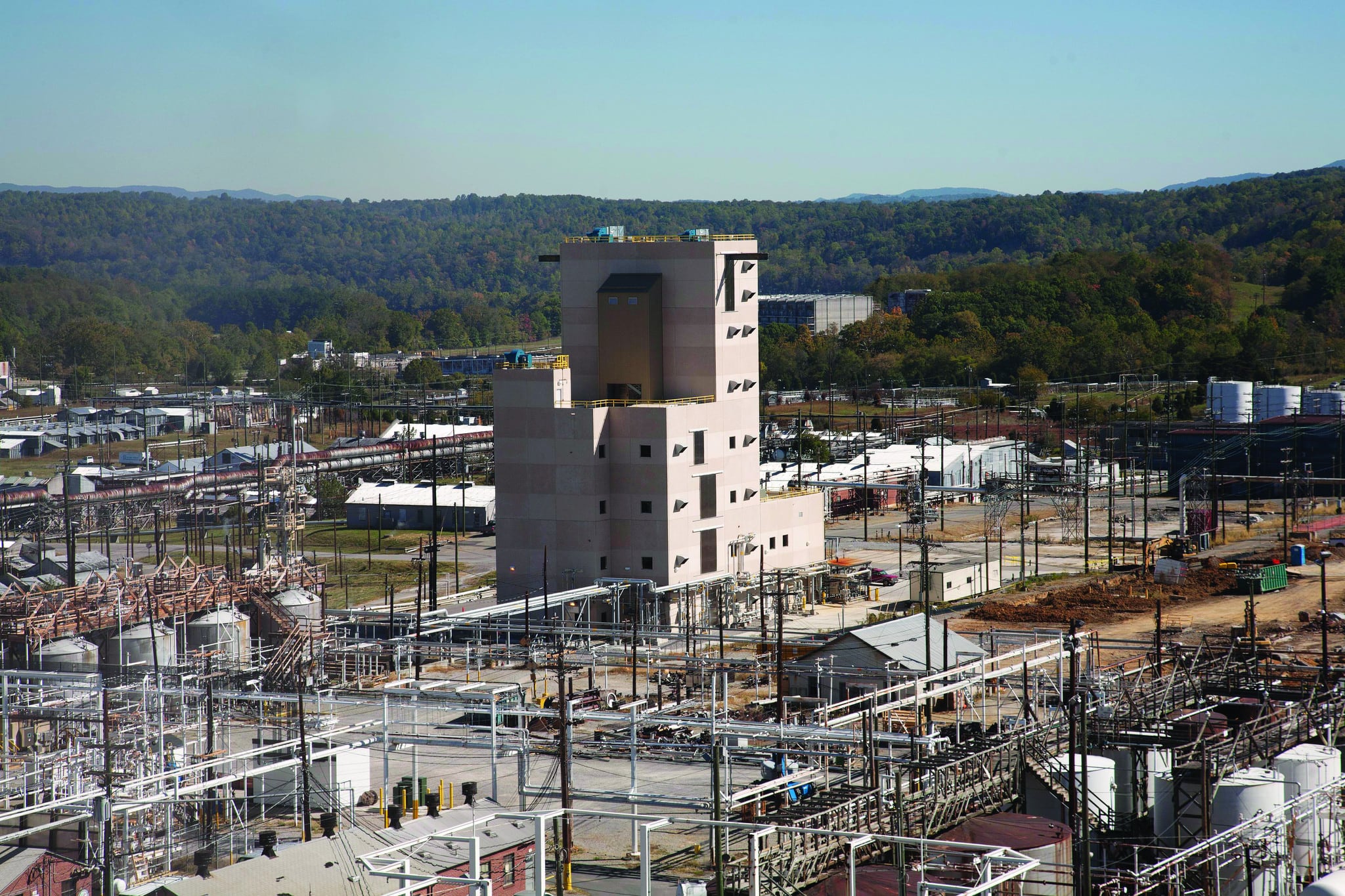RICHMOND, Va. — Researchers who flew a drone over the open burning of hazardous waste at an Army ammunition plant in Virginia found arsenic, lead and other pollutants at higher-than-expected levels, according to a draft report obtained by The Associated Press.
Several government agencies collaborated on the testing last year at the Radford Army Ammunition Plant, which the state says is the only active military propellant manufacturing center in the country. The plant built in the 1940s regularly uses open burning to dispose of hazardous waste — a practice that’s legally permitted but has raised concerns among some community members.
Neither the researchers involved in the testing nor officials that oversee the plant would discuss the report, emphasizing that it is a draft. But scientists and former EPA officials who reviewed its findings said they raise questions about the possible health impacts of the emissions.
Over two weeks in September and October, researchers flew the drone into plumes while carrying a gas- and particle-sensing system designed by the Environmental Protection Agency, according to the draft report, which AP obtained through an open records request. Its findings were first reported by ProPublica.
The researchers found that for the majority of substances, levels were lower than a key measure called an emissions factor. Emissions factors are used in modeling that’s supposed to predict the impact of the burns.
But for five substances, the levels were higher. Lead, which the EPA says can affect almost every organ and is especially harmful to children under 6, was found in one type of burn at five times the expected level.
Arsenic, which can be fatal at very high levels or cause abnormal heart rhythm, damage to blood vessels and nausea at lower levels, was 37.5 times higher. Cadmium, silver and chloromethane, which was widely used in the past in refrigerators, were also found at higher-than-expected levels.
Those elevated levels mean “the risk posed by these four metals could be higher than predicted,” said Linsey Marr, a professor of civil and environmental engineering at Virginia Tech and an expert in air pollution and its health effects.
But Marr added more testing would be needed to say whether the levels are high enough to be worrisome.
“The drones measured concentrations directly in the plume, but we do not know what they would be at other locations, such as schools and people’s homes, without additional measurements or extensive modeling,” she wrote in an email.
Eric Schaeffer, executive director of the Environmental Integrity Project and a former director of EPA’s Office of Civil Enforcement, said he found the elevated lead levels particularly alarming.
He added that the results don’t mean the Army did anything wrong, but they do mean officials need to take another look at the risk calculations from the open burning.
“You can’t ignore that data when you get that much of an increase over what you were expecting, and it’s lead, for god’s sake,” Schaeffer said.
The results had initially been promised by the end of 2016, and officials have not explained the delay. A final version is expected later this month.
The plant is located on thousands of acres in Pulaski and Montgomery Counties in southwest Virginia, and the New River runs through it. It is owned by the government, operated by defense contractor BAE Systems and is also home to other tenants, including a fireworks manufacturer.
Close to 7,200 people live within a 3-mile (5-kilometer) radius of the plant, according to EPA data. It’s about 10 miles (16 kilometers) from Virginia Tech and about 2 miles (3 kilometers) from an elementary school.
The burning is regulated by a permit that includes conditions such as limits on what time it must take place and weather conditions that must be present. The permit expired in 2015, and the Department of Environmental Quality is in the process of renewing it, spokesman Bill Hayden said.
The plant was the focus of a recent extensive ProPublica investigation into the environmental implications of the military’s handling of hazardous waste. Citing internal EPA records, ProPublica reported Radford is one of at least 51 sites across the country where the Department of Defense or contractors are openly burning or detonating munitions or raw explosives.





